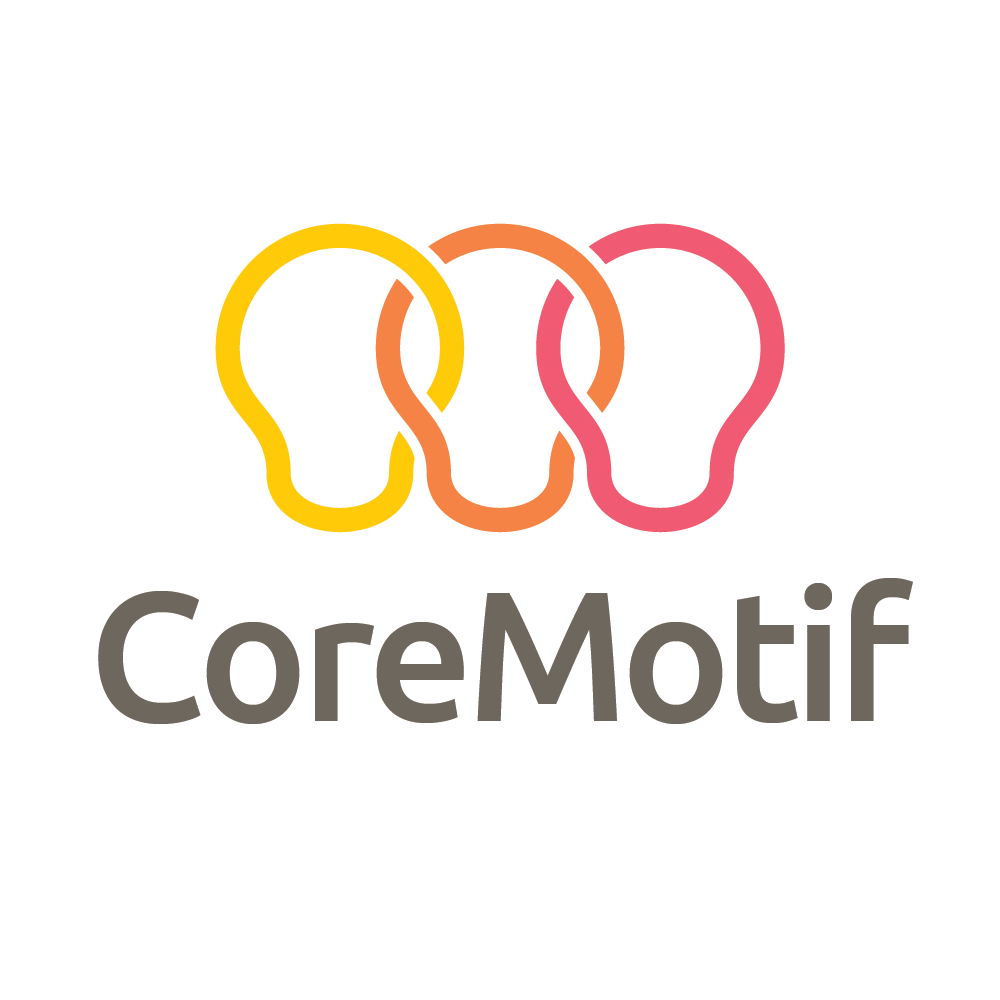What is Lean Thinking
And How Does it Apply to IT?
The concept of lean systems was founded and coined by the Taiichi Ohno, who developed the Toyota Production System (otherwise known as TPS) which became Lean Manufacturing in the U.S. The written manual outlines a systematic approach to profit increase by removing “waste” or “muda”. Although lean thinking was originally developed for manufacturing and production, its versatility has allowed it to be applied to other business functions such as information technology as well as the service industry. Let’s take a look at the theory behind lean management, and how it’s applied to IT in the workplace.
The Goal of Lean IT
In order to progress financially, businesses must also improve the software and digital processes that supplement daily tasks. The goal of lean IT is to improve service quality by increasing workflow productivity. By doing so, companies are able to drive down their overall costs either making their prices more competitive or increasing their profits. If you’re wondering how new-and-improved IT can benefit production and sales, don’t worry; it’s a common question. Although the results of IT are difficult to track, specialists eliminate waste using a number of strategic approaches, including reorganizing or implementing systems or applications, deploying new technology such as cloud computing, improving the way information is organized, stored, and increasing overall data quality. For more specific information about information technology waste, keep reading!
Understanding IT Waste
If IT support were a refrigerator, IT “waste” would be the moldy leftovers, silently taking up space as they rot away uselessly in the back. In real terms, IT waste is any activity, workflow, or digital information that does not increase the quality of their service or product. The presence of waste reduces a business’s ability to access, utilize, and understand data. Examples of waste reduction include archiving the black hole of e-mails sitting in your inbox, increasing the speed of workflows by upgrading or altering software, and removing unnecessary information from storage. Lean IT shares the same waste principles as lean manufacturing; essentially, there are seven forms of waste that are present in business IT systems. They include:
- Unnecessary transportation of information
- Excess of inventory (such as customer records)
- Waiting for IT processes to complete their role in the workflow
- Over-production of virtual goods such as data, code or documents.
- Over-processing virtual goods
- Defective virtual goods.
For more specific information about the different types of IT waste, take a look at our article, “What is IT Waste?”
Becoming Lean
There are five key steps to implementing lean IT techniques into your business. Let’s take a quick look: Define Priorities: If you’re wondering what the focus of lean thinking should be, the answer is always the customer. Although lean IT processes are used to correct computer workflows and server function, the ultimate goal is to increase the company’s ability to provide high quality service to the customer.
- Follow the Industry: Information technology is an incredibly fast paced industry. As such, the ability to stay on top of the latest IT approaches is essential for developing the best IT solutions. Make Software Flow: The key to increasing the quality of a company’s product flow or service quality is making the software behind-the-scenes as error free as possible. Enhancing information quality, data transportation and improving work flows are examples of enhancing software flow.
- Just-in-time Responses: Traditionally, becoming lean requires producing products “just-in-time,” when these concepts are transferred to IT practices, software and information is only created, consumed, installed or utilized when the immediate need arises.
- Reach for the Stars: Literally. Continuous improvement and modification is a fundamental key to having a lean IT system backing up your company’s product or service quality. The key to continuous improvement is defining a set of controls in the form of objectives and key metrics (KPIs or OKRs) and monitoring them regularly.
Want to learn more? Check out these other blog posts about Lean IT
